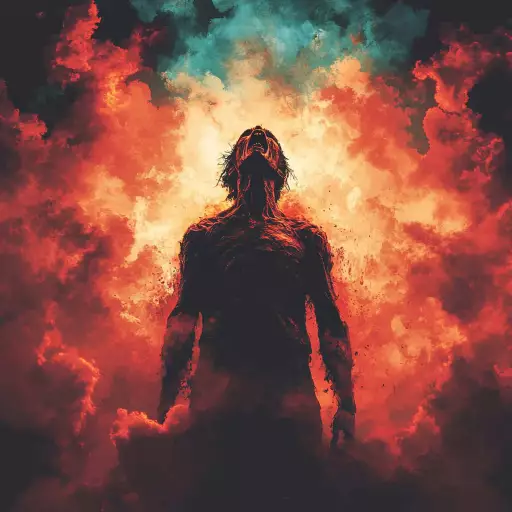Explore the Best AI Image Gallery

Pixels on Your Skin: How AI Image Generation is Transforming Design
The creative landscape is undergoing a seismic shift, fueled by the emergence of artificial intelligence (AI) image generation. This groundbreaking technology empowers designers, artists, and businesses to conjure visuals with unprecedented speed, efficiency, and creativity. From generating stunning artwork to streamlining design workflows, AI image generators are reshaping the very fabric of the creative industry.
A Canvas of Infinite Possibilities
AI image generation tools leverage complex algorithms trained on massive datasets of images and code. These algorithms can analyze patterns, styles, and concepts to produce original visuals that respond to user prompts or parameters. This opens up a world of possibilities for designers, allowing them to:
- Conceptualize Designs Rapidly: Quickly generate multiple iterations of designs, exploring various aesthetics and compositions before settling on the perfect solution.
- Overcome Creative Blocks: When inspiration wanes, AI can offer fresh perspectives and spark new ideas by generating unexpected visuals.
- Personalize Creations: Tailor images to specific brand identities, user preferences, or project requirements with remarkable precision.
- Create Unique Assets: Generate custom illustrations, patterns, textures, and other design elements that stand out from the crowd.
Applications Across Industries
The impact of AI image generation extends far beyond traditional design realms. Its versatility finds applications in diverse industries, including:
- Advertising and Marketing: Create eye-catching visuals for campaigns, social media posts, and website banners.
- E-commerce: Generate product mockups, lifestyle imagery, and personalized recommendations.
- Publishing and Media: Illustrate articles, design book covers, and produce captivating visual content for online platforms.
- Gaming and Entertainment: Develop immersive game environments, create realistic character models, and generate dynamic in-game assets.
- Architecture and Real Estate: Visualize building designs, create virtual tours, and showcase properties with stunning 3D renderings.
Ethical Considerations
While AI image generation offers immense potential, it also raises important ethical considerations that must be addressed:
- Copyright and Intellectual Property: Questions arise regarding ownership of AI-generated artwork and the potential for infringement on existing copyrights.
- Bias and Representation: AI algorithms can perpetuate biases present in the training data, leading to unfair or discriminatory representations in generated images.
- Transparency and Accountability: It is crucial to understand how AI models work and ensure transparency in the creative process.
- Job displacement: The automation of design tasks may raise concerns about potential job losses in the creative industry.
The Future of Design
AI image generation is poised to continue evolving at a rapid pace. Future trends include:
- More sophisticated and intuitive tools: User interfaces will become increasingly user-friendly, empowering individuals with limited technical expertise to leverage AI.
- Personalized and customized creations: AI will enable the generation of highly personalized designs tailored to individual preferences and needs.
- Integration with other technologies: AI image generation will seamlessly integrate with virtual reality, augmented reality, and other emerging technologies, creating immersive and interactive experiences.
The fusion of AI and design is ushering in a new era of creativity. As these technologies continue to advance, designers will have access to an unprecedented arsenal of tools, enabling them to push the boundaries of imagination and shape the visual landscape of tomorrow.
](https://images.ai-img.art/thumbnails/150/f9584153b4cddd8c9fab611dc10247549b275c59bc173251e37d0935874f9deb.webp)













](https://images.ai-img.art/thumbnails/150/bddf3ae4a232290858389b933c866ad3be429ef2e25c23a9f4d7713ed6e44d0b.webp)









](https://images.ai-img.art/thumbnails/150/008b5d5d49667cc2e93a5f8a8adfaa545963da99c39ff0901f5296294636400d.webp)





](https://images.ai-img.art/thumbnails/150/4289d1230b86a96c4d556636c3167bed0ef38f850826549517e4e45db4d87bf7.webp)


](https://images.ai-img.art/thumbnails/150/f67d9af3398150f2ab1bcf250717fea134275e2ca896252b54a4d9bb3719f9ac.webp)

](https://images.ai-img.art/thumbnails/150/c2c9c48b38fae37f0a457b80b084ed01ba803810fc8f488c8f610c03abc74049.webp)





